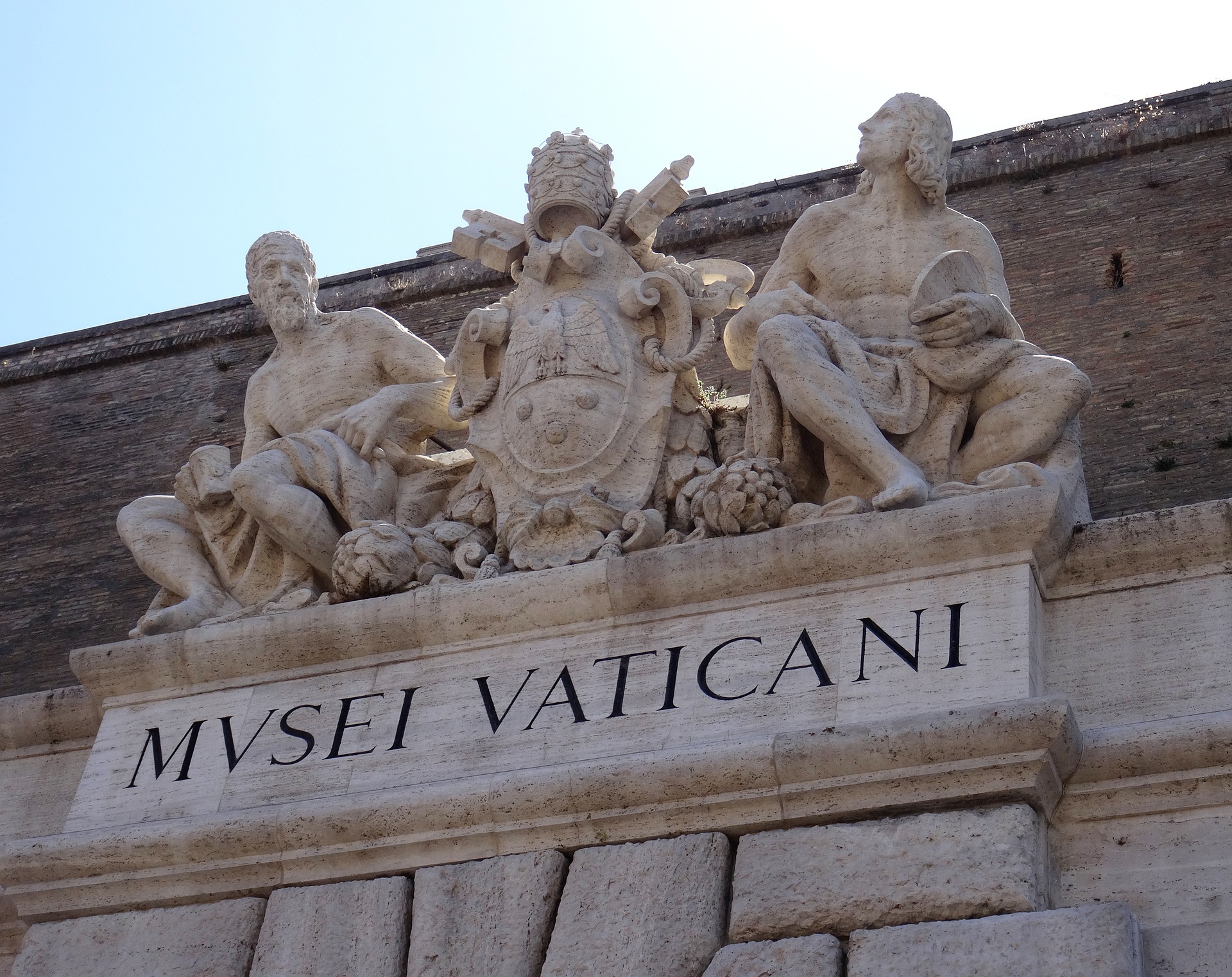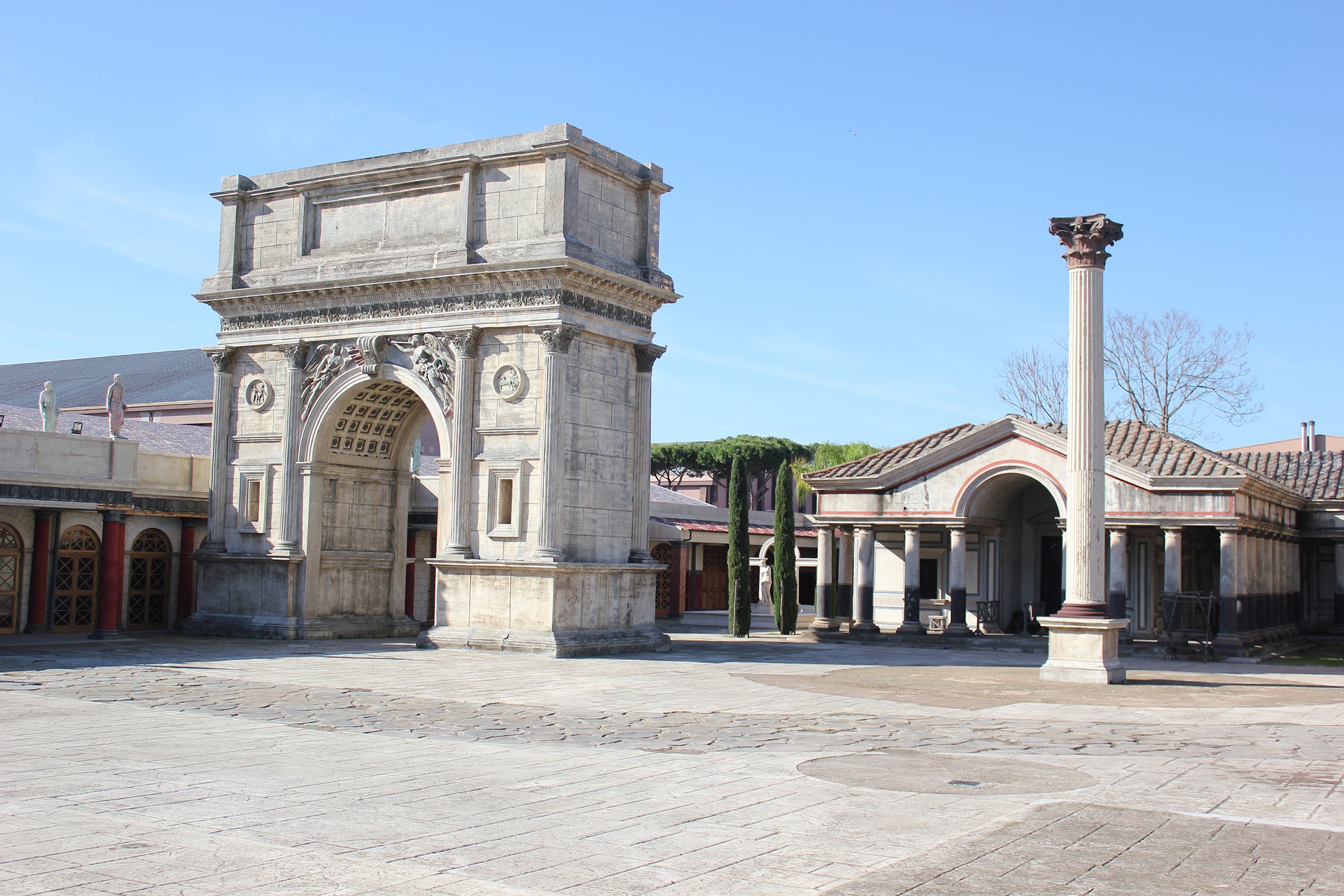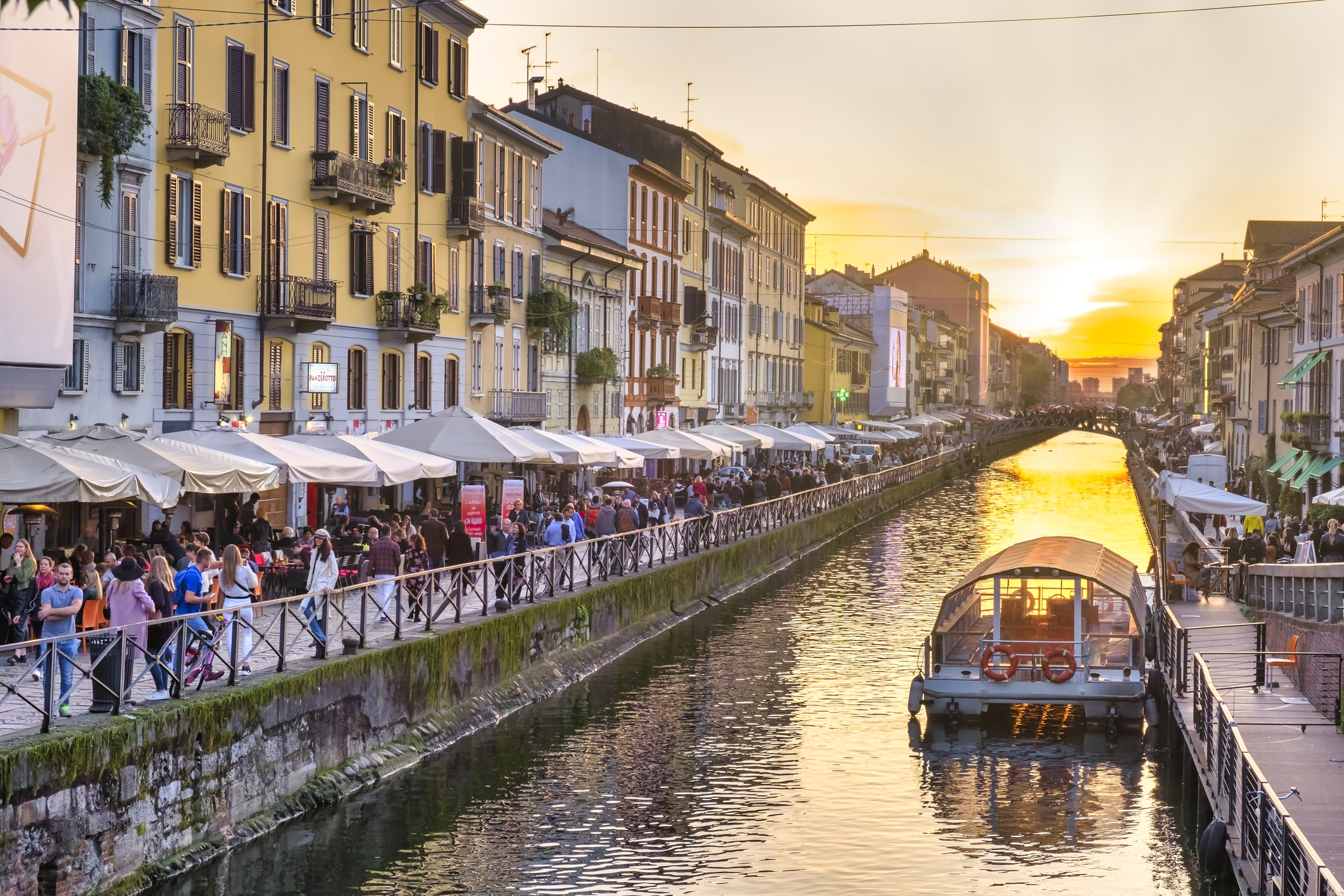The Vatican Museums, Musei Vaticani, were officially founded by Pope Benedict XIV in 1756, although Pope Julius II started the collection in 1503 when he set the statue of Apollo in the inner courtyard of Pope Innocent VIII’s Belvedere Palace.
Three years later, on 14 January 1506, the marble sculpture of the Laocoon group was discovered in a vineyard near the Basilica of Santa Maria Maggiore in Rome. Pope Julius sent Giuliano da Sangallo and Michelangelo Buonarroti, who were working at the Vatican, to examine the discovery.
They strongly recommended the Pope to immediately purchase the sculpture from the vineyard owner, and so the Pope did. Exactly one month after its discovery, the Pope put the sculpture on display. Julius went on to place later discoveries such as the Venus Felix, the Nile, the Tiber, and the Sleeping Ariadne in the gardens with Apollo and Laocoon.
Eventually in 1534 Pope Paul III named Latino Giavanale Mannetto the first Commissioner for the conservation of ancient cultural goods.
Today the Vatican Museums consist of a 7 kilometers visit, which displays works from the extensive collection of the Roman Catholic Church, including, among the many works of art, Michelangelo’s Sistine Chapel ceiling and the Raphael Rooms.
The number of visitors has increased over the years counting more than 5 million visitors per year and a gross of over US$ 65million.
Now there’s a new part of the Museums that will finally be open to the public: the Galleria Lapidaria, Lapidary Gallery, part of the Chiaramonti museum which was named after Pope Pius VII Chiaramonti, who founded it in the early 1800s.
The Galleria Lapidaria, counts more than 3,559 stone tablets and inscriptions, and is the world’s greatest collection of its kind. It has always been closed to the public and opened only by special permission, usually for reasons of study. This was for security reasons because the Pope’s apartments were right above this part of the Museums, but now that Pope Francesco has decided to move to Santa Marta, there’s no reason anymore to keep it closed.
The Gallery is 186 meters long and its walls and floors are covered with Christian and pagan inscriptions and monuments which are dated from the first century BC to the sixth century AC. Each of these pieces is a little part of the eternal city’s history, full of surprises and amazing details.
The Gallery is placed at the end of the Chiaramonti Museum, in the hallway called “Iuilianum” bacause of its fouder Julius II Della Rovere, or “Bramante’s hallway” because built by the famous architect and sculptor from Urbino. It’s in the very heart of the Vatican that so far was part of the Vatican library, more exactly, it was the lobby of the old entrance to the Library.
The Lapidary is divided in 48 sections, or walls, and the different tablets tell stories of all kinds: from myths, to divine representations (the famous God Mitra has one of the biggest low relief from the second century from the Sette sfere temple of Ostia), to everyday life stories: such as a little boy who is playing with his father and accidentally gets ran over by a oxcart, or an 80 year old beautician who’s heating up the wax for her next client.
Among the representations, there are also the two white doves holding a little branch in their beak, signifying the end of Noe’s flood, inscriptions that were once at the bases of statues which went lost, or little verses from the Eneide by Virgilio. An amazing and rich art patrimony now finally available to the public!






























